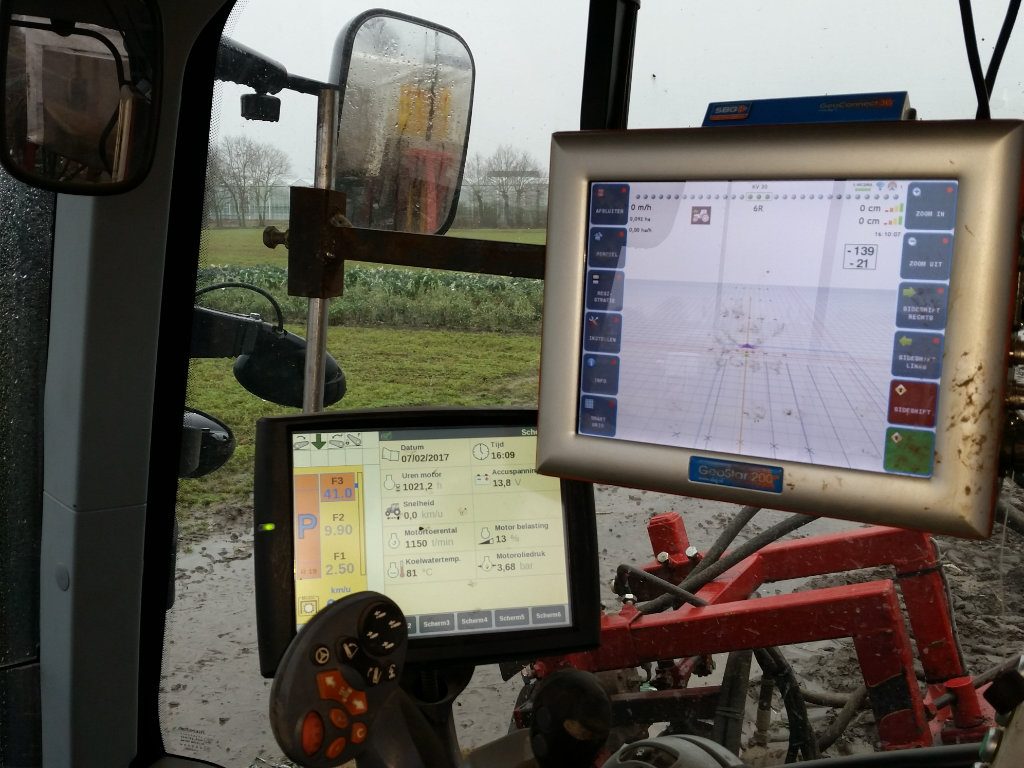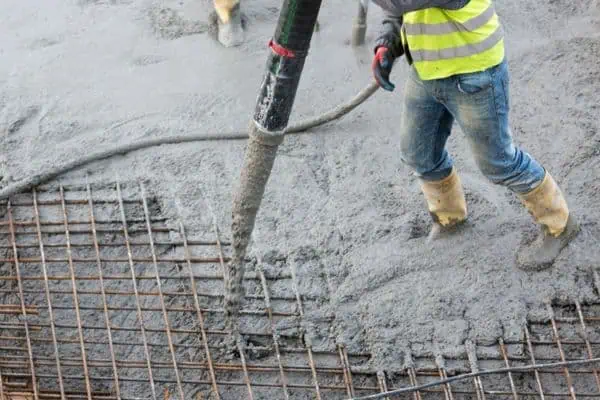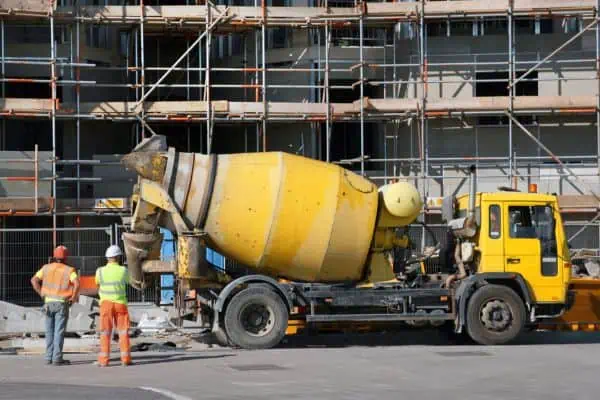IP is an acronym for Ingress Protection and is a standard set by the International Electrotechnical Commission (IEC) 60529 to classify the degree of protection by an electronic device against the intrusion of foreign objects such as dust and water. An IP rating consists of two numbers, each representing a different aspect of protection.
- The first number refers to the level of protection against solid objects such as dust.
- The second number relates to the degree of protection against liquids.
This article explains the different IP ratings focusing on water ingress.
IP65 Rating
An IP65 rating means the product is protected against dust and low-pressure water jets from any direction.
- (6) indicates that the product has high protection against dust, making it nearly completely dust-tight.
- (5) – shows the product is protected against low-pressure water jets from any direction, meaning it can withstand moderate water exposure without damage.
A product with an IP65 rating is ideal for outdoor use, as it is protected from dust and water. The product is durable and can withstand harsh environmental conditions, making it a reliable choice for various industries such as construction, manufacturing, and outdoor environments.
If you are looking for a product that can withstand tough conditions and provide efficient performance in dusty or wet environments, choosing one with an IP65 rating is a wise choice.
IP66 Rating
An IP66 rating means the product is protected against dust and high-pressure water jets from any direction.
- (6) – indicates a high level of protection against dust, making it nearly completely dust-tight.
- (6) – signifies that the product can withstand powerful water jets without damage.
This makes an IP66-rated product suitable for use in harsh outdoor environments where there may be exposure to heavy rain or strong water sprays. Products with this rating are commonly used in industries such as marine, agriculture, and food processing, where there is a need for durable and waterproof equipment.
If you require a product that can withstand dust and strong water jets, opting for one with an IP66 rating will provide you with the necessary protection and performance.
IP67 Rating
An IP67 rating means the product is completely protected against dust and can withstand immersion in water up to one meter for a limited time.
- (6) – indicates a high level of protection against dust, making it nearly completely dust-tight.
- (7) – shows that the product can withstand temporary submersion in water without any damage.
This level of protection makes the product suitable for outdoor use, including marine and industrial environments where it may be exposed to significant dust exposure or water submersion. Products with an IP67 rating are commonly used in the automotive industry as they can withstand high-pressure water jets during car washes or heavy rain while driving. The rating ensures the product is durable and reliable in harsh conditions, making it a preferred choice for various applications where dust and water resistance are essential.
If you need a product that can withstand extreme conditions without compromising performance, choosing one with an IP67 rating is a smart decision.
IP68 Rating
An IP68 rating means the product is fully protected against dust and can withstand continuous immersion in water under specified conditions.
- (6) – indicates a high level of protection against dust, making it nearly completely dust-tight.
- (8) – signifies that the product can withstand prolonged submersion in water without any damage.
This makes an IP68 rating suitable for extreme outdoor environments such as construction sites or underwater applications. Products with an IP68 rating are commonly used in the electronics industry to ensure that electronic components are well-protected from dust and water ingress. With this level of protection, you can trust that your product will continue to function even when exposed to harsh environmental conditions.
If you need a product that can withstand complete dust and water immersion without compromising performance, opting for one with an IP68 rating is the way to go.




















